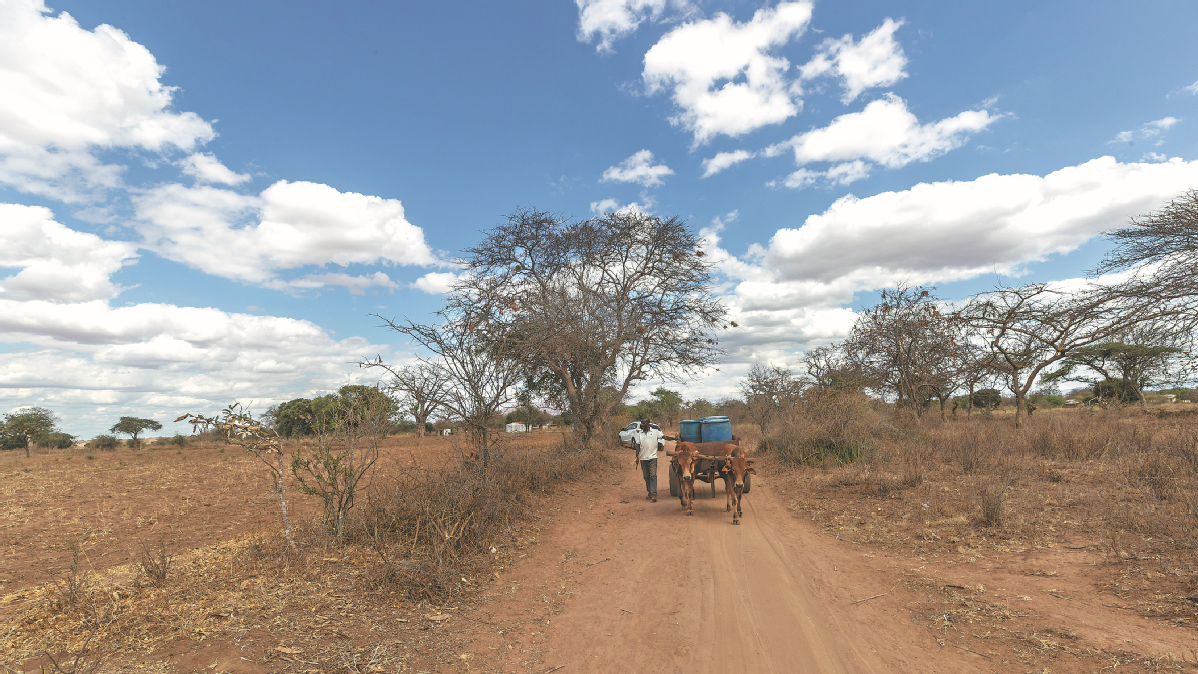Farmers seek solutions amid climate change crisis


Smart agricultural techniques reap rich dividends in Kenya
Richard Ngunga, a retired teacher born and raised in a Kenyan village, has fond memories of his childhood.
He recalls the tall evergreen trees in the area, large herds of healthy livestock, the nearby Makindu River, farmers irrigating their land during the dry season and abundant food supplies.
"When I was growing up in Makongeni, Makueni county, there were very few people in the village," said Ngunga, 62, standing on his farm as a train traveled just a few hundred meters away toward Nairobi, the Kenyan capital, from the coastal city of Mombasa.
About 30 years ago, there was abundant rainfall in the area and bumper harvests were the norm.
Today, the devastating impact of climate change is all too apparent. The Makindu River is completely dry, the land is dusty, water is scarce, few tall trees grow and hardly any herds of livestock can be seen. Frustration is etched on the villagers' faces as most of them struggle to put food on the table.
In addition, farming is no longer a reliable source of income due to unpredictable rainy seasons and increasingly severe droughts.
Ngunga wants locals to stop felling trees to burn charcoal, and instead plant more trees and invest in alternative sources of fuel.
The State of the Climate in Africa 2022 report published in September by the World Meteorological Organization said that while the continent is responsible for only a fraction of global greenhouse gas emissions, it is suffering disproportionately from climate change.
Last year, more than 110 million people in Africa were directly affected by meteorological-, climate- and water-related hazards, resulting in economic losses of more than $8.5 billion, the report said.
Some 5,000 fatalities were also reported, with 48 percent of them due to drought and 43 percent related to flooding.
Since 2020, Kenya, Ethiopia and Somalia have experienced the worst drought in 40 years, following five consecutive failed rainy seasons.
The drought left 3.5 million Kenyans living in arid and semiarid counties facing acute food insecurity, the United Nations Office for the Coordination of Humanitarian Affairs said. The drought also killed 2.6 million livestock in rural areas.


















